Tag Archives weeds
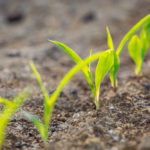
Plant stress makes early-season weed control critical
Research shows corn and soybeans can sense the presence of weeds even before emergence
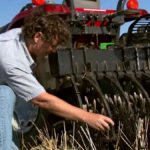
Evaluating mechanical weed control options
Researchers found that when two methods are used, weed control improves

Weed survival can be predicted via imagery
Researchers using imagery to predict viability of Palmer amaranth
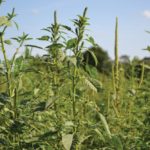
North Dakota still on lookout for Palmer amaranth

Edible bean growers could get more weed control options
Ridgetown College research shows that older chemistries can help control glyphosate-resistant weeds in strip till
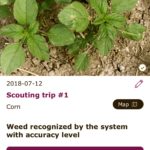
Crop scouting with your smartphone
Smartphone app uses machine learning to automatically identify crop diseases
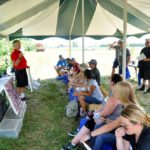
How weeds outsmart you
Herbicide resistant weeds proliferate in unexpected ways, making scouting more important than ever
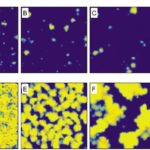
Weedy conversations
A new inexpensive tool has emerged in the fight against weed resistance
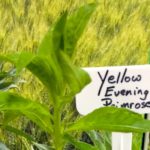
VIDEO: Building awareness for emerging weeds
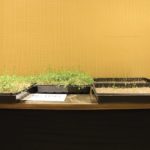
Destroying weeds – at harvest
The Harrington Seed Destructor is showing some potential as a way to manage weeds without chemicals – but will it work on Ontario weeds?


